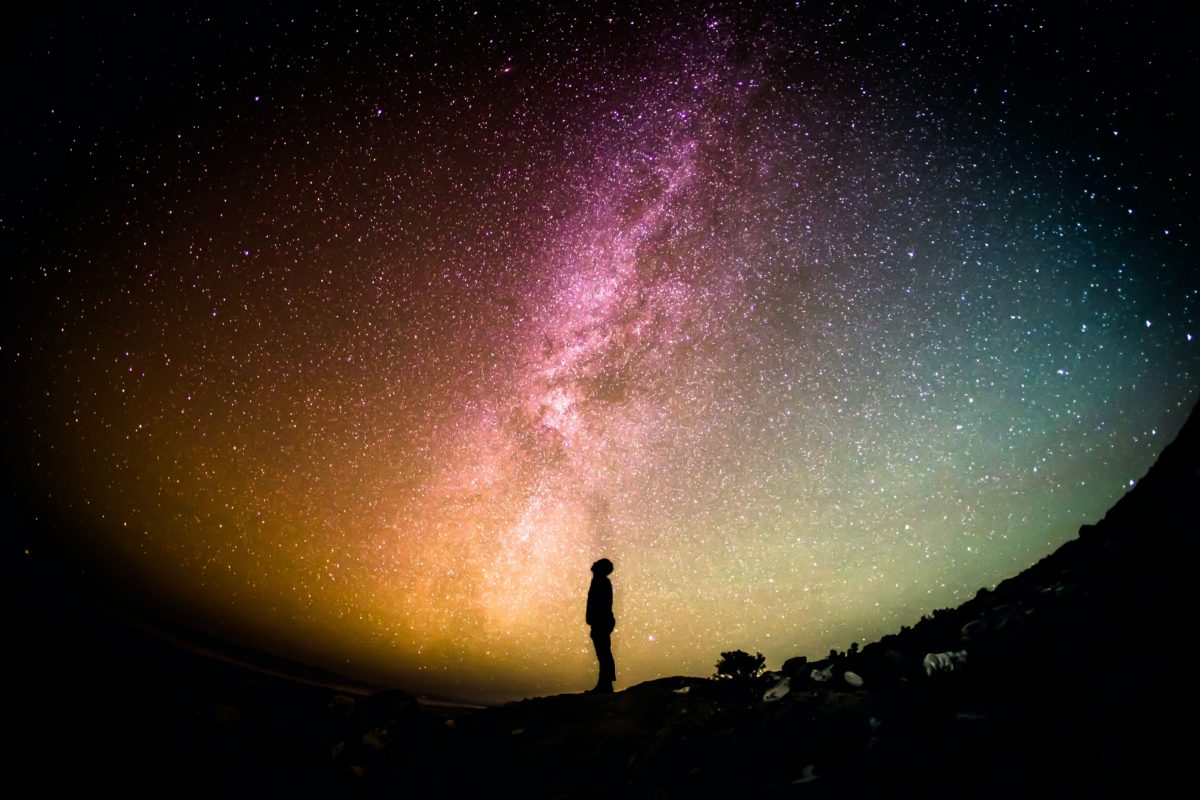
I became a Joan Didion fan circa the early 2000s, my senior year of college, when I was simultaneously experiencing pain from my first heartbreak and my emerging impacted wisdom teeth. Similar in pain, both circumstances struck nerves in me swiftly and randomly throughout the day with panging reminders that I was in a vulnerable state – a season of change marring the end of my college days and the rest of my life as I knew it. Joan was honest and brave in her writing about her experience with grief and her new unknown. Following her journey as a reader, I was able to reap the benefit of what she had sown: I was given permission to heal, and not just to heal, but permission to think about my life magically. That philosophy had a profound effect on my decisions post- college: where I lived, who I fell in love with, and what I eventually chose to do for my life’s work.
CityCrafting brings a similar sensibility to the work of development I have been
privileged to do.
Vulnerability is sometimes the state a community is in when we begin working with
them, such as when communities have expressed participation fatigue, experience with
broken promises and failed results from Master Plans that have left communities feeling
unheard, unseen, and taken advantage of. However, vulnerability as a form of openness
is also the magic that can result in enduring transformations in communities, bioregions,
and watersheds. Being a partner with communities, to be trusted to help reveal
emerging opportunities for growth and change, to walk alongside stakeholders in that
direction, and facilitating what my good friend and colleague Brent Forsberg calls,
connecting the exchanges is a privilege and deeply rewarding work.
Systems are run by people, and that makes authentic relationship building and trust
foundational core values of CityCrafting that we do not take for granted. We understand
their weight both for the personal and professional success of our projects. At CityCraft,
we talk a lot about helping communities heal–we mean that environmentally, socially,
financially, but also as (psychologically, spiritually, collectively, and culturally) humans.
In “The Year of Magical Thinking”, Didion’s account of the year following the death of
her husband, writer John Gregory Dunne, Joan finds herself vulnerable in a paradox
between finding a new normal after her husband’s passing and feeling like nothing can
ever be “normal” again without him.
These moments in life of healing and growth, whether brought on by choice or chance,
are profoundly significant and powerful. These are the moments in life when we find out
what we’re made of and what we’re capable of. I have a rather different idea of
vulnerability today. I no longer only associate vulnerability to opening yourself up to the
possibility of what could go wrong, but CityCrafting has opened my eyes to what can go
right if you allow yourself to be open and vulnerable to change, to revealing the chaos
within yourself, your community, and being open to the possibility of magic – magical
transformations that reconcile our past and chart regenerative futures within our
communities founded on regenerative systems.
For example, CityCraft’s work in Noisette, North Charleston, South Carolina in 2001
spanned 12 years of integrated restoration and renewal efforts that included a prisoner
re-entry program with strong results in reducing the recidivism rate and increasing
alternative sentencing initiatives. And our healing work in cities emphasizes undoing
mistakes made across systems, sometimes generations ago, such as residential
segregation, redlining, and blockbusting.
Seasons of change are often messy and painful to navigate, but with a little vulnerability
and trust in each other and our abilities, we can develop the bravery to dream big and
forge the collaboration needed to make enduring change happen: we become a whole
much greater than the sum of our parts. I know it’s possible because my life has been
transformed by mantras of stronger women, the love of my husband, big dreams, and
the healing nature of CityCraft.
Does your work require you to be vulnerable? I would love to hear how.

